Beginner’s Guide to Reading a Fertilizer Label
By Melanie Moser, Leadership in Urban Agriculture Internship, Summer I 2020
When farming, it’s vital to know what nutrients different plants need to thrive. All plants need three main elements to grow to their full potential- Nitrogen (N), Phosphorous (P), and Potassium (K). Fertilizer bags list these three ingredients prominently on the label with three numbers. For example, a fertilizer with an NPK number of 10-10-10 has equal parts Nitrogen, Phosphorous, and Potassium. Each of these elements are used by the plant in different ways, which will be discussed in depth below. But if your plants are underproducing or unhealthy, employing fertilizer could be just what the gardener ordered!
Soils (urban or otherwise) frequently lack these three important nutrients. But urban farmers need to pay special attention to fertilizing. In the urban setting, farmers are often bringing in soil ingredients or building garden beds from scratch. The soil in a city plot may be particularly devoid of nutrients due to pollutants, overdevelopment, or neglect. In this case, nutrients can be put back into the soil to ensure healthy and productive plants.
Store bought fertilizers often have more ingredients than NPK, which are listed in the ingredient label, but those elements comprise a much smaller percentage. When reading the NPK number, pay attention to the ratio of the three numbers, remembering that the numbers refer to a percentage of the whole.. The highest number in the ratio is funneling nutrients to promote a specific type of growth. Here’s the breakdown:
Nitrogen- Involved in many processes, but plays a vital role in photosynthesis. Often associated with big leafy growth. If you have too much Nitrogen, plants can get strong foliage, but not flower or fruit. Lawn fertilizer (pictured below) is very Nitrogen heavy because foliage is the goal. That being said, if a lawn doesn’t have healthy roots, it won’t do well during dry spells or over the long run. Vegetable garden fertilizer does not need nearly as much Nitrogen. Some additional sources of Nitrogen are manure, compost, blood meal, and feather meal. Another popular method is called “cover cropping.” At Urban Harvest St. Louis, farmers use this technique by cutting legumes and clovers down at the base after harvesting, leaving the root structure to decay in the soil. The legumes then release Nitrogen into the soil through their root nodules. This helps to stabilize the Nitrogen level for other plants that come next in the growing season.
Phosphorous- Plays a role in many of the basic plant functions- root growth, structural strength, flower and seed production. Without Phosphorus, plants will not reach their potential. Phosphorus can be found in phosphate rock, manure, compost, blood meal, and bone meal.
Potassium- Referred to as “the quality element” because it contributes to size, shape, color, and taste. A plant with a potassium deficiency is stunted and has lower yields. Sources of potassium include manure, compost, wood ash, and potash.
While it may seem complicated, I have found it quite effective to apply a standard organic 10-10-10 fertilizer consistently through the growing season. This is in addition to a yearly application of compost. In my home garden setting, this seems to do the trick. Before I studied fertilizer, I simply added compost. One year my peppers flowered, but didn’t fruit. Now I know that was due to a Phosphorous deficiency! A friend of mine just started his first garden and his seedlings never got off the ground. He felt he was growing a miniature garden. It’s clear his soil most likely needs more of all three- NPK. So, you know what they say. If you want to have a veggie Partay, it’s N.P.K.!
Additional Resources
https://feeco.com/npk-fertilizer-what-is-it-and-how-does-it-work/


